If you’re hunting for a bench power supply, you’ll quickly notice options dry up above 48 V or so, and you definitely won’t find a 330 kV supply on the shelf at your local electronics shop. But with just a few parts, [Mircemk] has crafted a high-voltage source from a modified PC power supply that delivers electrifying results.
The sparks arcing over a foot of thin air are a dead giveaway, but let’s be clear: this project is not for beginners. High voltage — defined as around 1,000 V and up, with this project hitting 350 times that — carries risks of severe injury or death. Only tackle it if you fully understand the dangers and take precautions like proper insulation and never working alone.
This project showcases a Cockcroft-Walton voltage multiplier, a clever setup using diodes and capacitors to step up voltage. The capacitors charge and discharge in an alternating pattern, doubling the voltage after each diode pair. [Mircemk] uses 3 mm thick Plexiglas as an insulator, providing both structure and electrical isolation for the diode-capacitor cascade.
To achieve the 330,000 V output, [Mircemk] starts by modifying a standard PC ATX power supply, removing the Schottky diodes from the secondary winding’s output to produce a roughly 15 V square wave. This feeds into another transformer, boosting the voltage before it enters the Cockcroft-Walton multiplier. At first glance, the multiplier’s sides look identical, but their opposite polarities create a massive potential difference across the spark gap.
[Mircemk]’s benchtop exploration into high-voltage territory is a shocking success. If this project lights up your curiosity, dive into our other high-voltage adventures, like DIY Tesla coils or plasma speakers, for more electrifying inspiration.
Continue reading “Sparks Fly: Building A 330 KV Supply From A PC PSU”


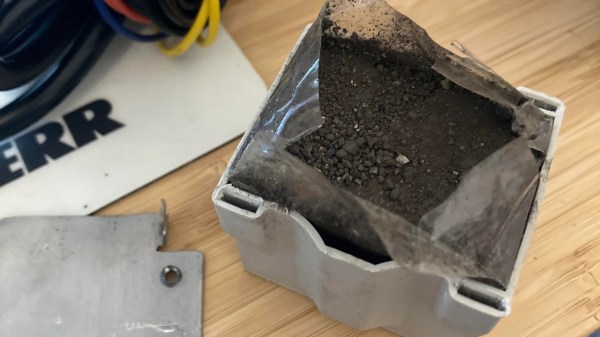
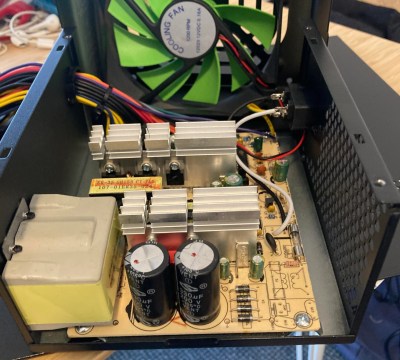
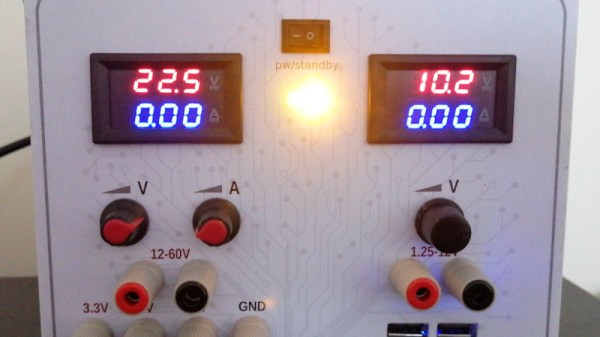
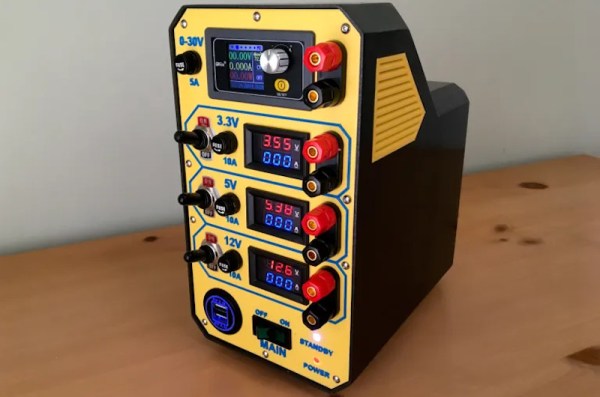
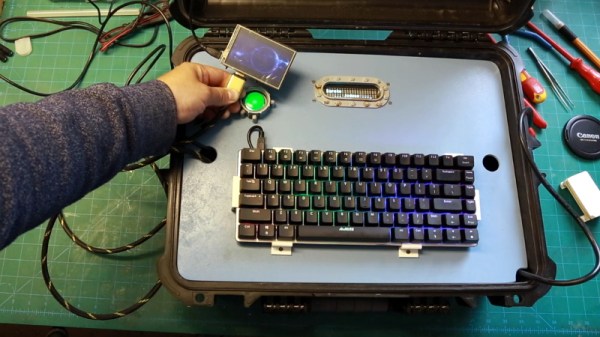
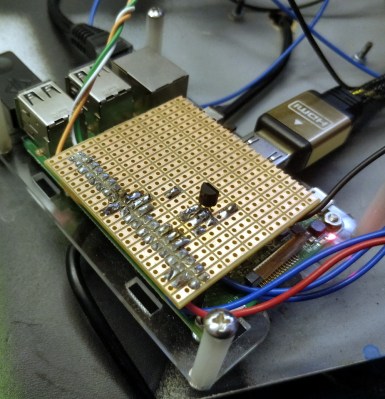
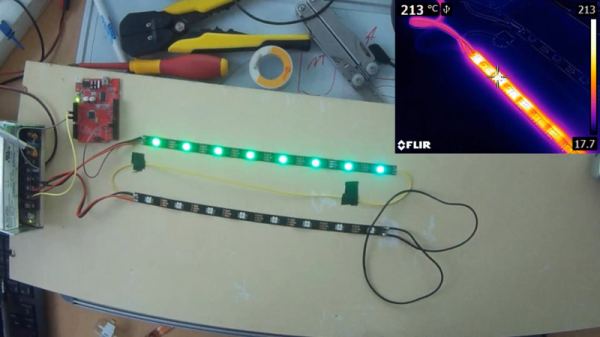

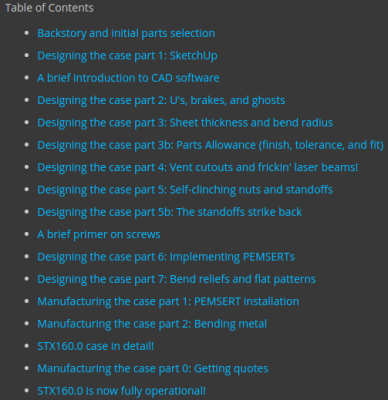 The two really interesting take away’s for us in this project are his meticulous research to find specific parts that met his requirements from among the vast number of available choices. The second is his extremely detailed notes on designing the custom enclosure for this project and make it DFM (design for manufacturing) friendly so it could be mass-produced – just take a look at his “
The two really interesting take away’s for us in this project are his meticulous research to find specific parts that met his requirements from among the vast number of available choices. The second is his extremely detailed notes on designing the custom enclosure for this project and make it DFM (design for manufacturing) friendly so it could be mass-produced – just take a look at his “








